TISSUE PLASMINOGEN ACTIVATOR, HUMAN
Synonym(s):tPA
- CAS NO.:189263-81-8
- Empirical Formula: C40H32N2
- Molecular Weight: 540.7
- MDL number: MFCD00166068
- SAFETY DATA SHEET (SDS)
- Update Date: 2023-06-08 17:06:34
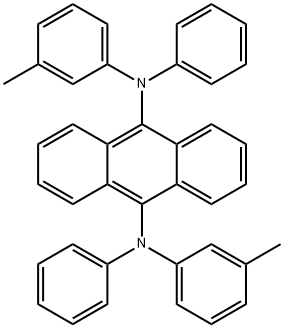
What is TISSUE PLASMINOGEN ACTIVATOR, HUMAN?
Chemical properties
off-white powder
The Uses of TISSUE PLASMINOGEN ACTIVATOR, HUMAN
Tissue plasminogen activator has been used in a study to assess treatment risks of intracranial hemorrhage among patients with acute ischemic stroke. Tissue plasminogen activator has also been used in a study to investigate the successful treatment of early thrombosis of HeartWare left ventricular assist devices with intraventricular thrombolytics. Human tissue plasminogen activator has been used to study the effect of tyrosinase-related protein 2 (TRP-2) expression on melanin production in sheep.
General Description
Recombinant tPA (rtPA), alteplase (Activase), is identicalwith endogenous tPA. rtPA lacks a glycosyl residue atAsn184. At one time, rtPA was produced in two-chain formin CHO cultures. Now, large-scale cultures of recombinanthuman melanoma cells in fermenters are used to produce aproduct that is about 80% single-chain rtPA.
Alteplase is used to improve ventricular function followingan acute myocardial infarction, including reducing the incidenceof congestive heart failure and decreasing mortality.The drug is also used to treat acute ischemic stroke aftercomputed tomography (CT) or other diagnostic imaging hasruled out intracranial hemorrhage. rtPA is also used in casesof acute pulmonary thromboembolism and is being investigatedfor unstable angina pectoris.
Alteplase is supplied as powder for injection, and in reconstitutedform (normal saline or 5% dextrose in water) isintended for IV infusion only. The solution expires in 8 hoursat room temperature and must be prepared just before use.
Biochem/physiol Actions
tPA is a potent activator of fibrinolysis and converts plasminogen into plasmin and also initiates cell signaling. The plasminogen activation system may also be associated with degradation of amyloid fibrils. It is also known to mediate inflammatory and extracellular matrix remodeling processes and is predicted to participate in disease progression of intracranial aneurysm indicating brain vascular malformations. Upregulation of the gene is observed in aortic aneurysms.
Properties of TISSUE PLASMINOGEN ACTIVATOR, HUMAN
| Melting point: | 262 °C |
| Boiling point: | 723.8±53.0 °C(Predicted) |
| Density | 1.194±0.06 g/cm3(Predicted) |
| storage temp. | 2-8°C |
| form | Lyophilized |
| pka | -0.33±0.50(Predicted) |
| color | Light yellow to Yellow to Orange |
Safety information for TISSUE PLASMINOGEN ACTIVATOR, HUMAN
| Signal word | Warning |
| Pictogram(s) |
 Exclamation Mark Irritant GHS07 |
| GHS Hazard Statements |
H315:Skin corrosion/irritation H319:Serious eye damage/eye irritation H335:Specific target organ toxicity, single exposure;Respiratory tract irritation |
| Precautionary Statement Codes |
P261:Avoid breathing dust/fume/gas/mist/vapours/spray. P305+P351+P338:IF IN EYES: Rinse cautiously with water for several minutes. Remove contact lenses, if present and easy to do. Continuerinsing. |
Computed Descriptors for TISSUE PLASMINOGEN ACTIVATOR, HUMAN
TISSUE PLASMINOGEN ACTIVATOR, HUMAN manufacturer
Inventichem
New Products
(S)-3-Aminobutanenitrile hydrochloride 4-Methylphenylacetic acid N-Boc-D-alaninol N-BOC-D/L-ALANINOL Tert-butyl bis(2-chloroethyl)carbamate 3-Morpholino-1-(4-nitrophenyl)-5,6-dihydropyridin- 2(1H)-one Furan-2,5-Dicarboxylic Acid Tropic acid 1-Bromo-3,5-Di-Tert-Butylbenzene S-2-CHLORO PROPIONIC ACID ETHYL ISOCYANOACETATE 2-Bromo-1,3-Bis(Dimethylamino)Trimethinium Hexafluorophosphate 4-IODO BENZOIC ACID 3-NITRO-2-METHYL ANILINE 1-(2,4-DICHLOROPHENYL) ETHANAMINE (2-Hydroxyphenyl)acetonitrile 4-Bromopyrazole 2-(Cyanocyclohexyl)acetic acid 4-methoxy-3,5-dinitropyridine 1-(4-(aminomethyl)benzyl)urea hydrochloride 2-aminopropyl benzoate hydrochloride diethyl 2-(2-((tertbutoxycarbonyl)amino) ethyl)malonate tert-butyl 4- (ureidomethyl)benzylcarbamate Ethyl-2-chloro((4-methoxyphenyl)hydrazono)acetateRelated products of tetrahydrofuran
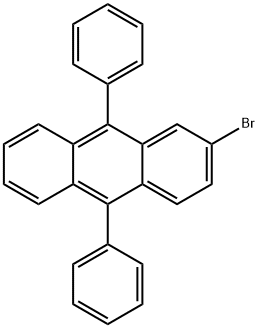
![9,10-Bis[phenyl(m-tolyl)-amino]anthracene](https://img.chemicalbook.in/CAS/GIF/190974-21-1.gif)
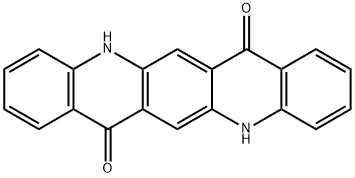
![BIS[2-(2-BENZOXAZOLYL)PHENOLATO]ZINC(II)](https://img.chemicalbook.in/CAS/GIF/23467-27-8.gif)

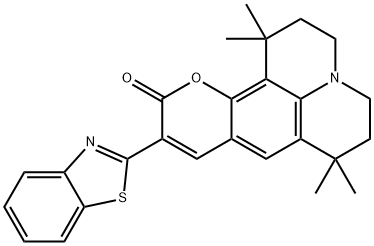
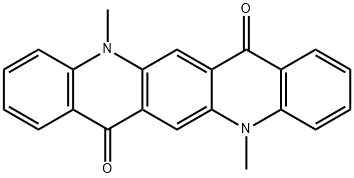
![9,10-Bis[N,N-di-(p-tolyl)-amino]anthracene](https://img.chemicalbook.in/CAS/GIF/177799-16-5.gif)
You may like
-
![189263-81-8 9,10-Bis[N-(m-tolyl)anilino]-anthracene 98%](https://img.chemicalbook.in//ProductImageIndia/2024-03/Raw/ad4dec59-0ce2-4960-8c5b-fad125e5c9a2.png) 189263-81-8 9,10-Bis[N-(m-tolyl)anilino]-anthracene 98%View Details
189263-81-8 9,10-Bis[N-(m-tolyl)anilino]-anthracene 98%View Details
189263-81-8 -
![9,10-Bis[N-(m-tolyl)anilino]anthracene CAS 189263-81-8](https://img.chemicalbook.in//Content/image/CP5.jpg) 9,10-Bis[N-(m-tolyl)anilino]anthracene CAS 189263-81-8View Details
9,10-Bis[N-(m-tolyl)anilino]anthracene CAS 189263-81-8View Details
189263-81-8 -
 Tissue plasminogen activator human CASView Details
Tissue plasminogen activator human CASView Details -
 1975-50-4 98%View Details
1975-50-4 98%View Details
1975-50-4 -
 2-HYDROXY BENZYL ALCOHOL 98%View Details
2-HYDROXY BENZYL ALCOHOL 98%View Details
90-01-7 -
 2-Chloro-1,3-Bis(Dimethylamino)Trimethinium Hexafluorophosphate 221615-75-4 98%View Details
2-Chloro-1,3-Bis(Dimethylamino)Trimethinium Hexafluorophosphate 221615-75-4 98%View Details
221615-75-4 -
 14714-50-2 (2-Hydroxyphenyl)acetonitrile 98+View Details
14714-50-2 (2-Hydroxyphenyl)acetonitrile 98+View Details
14714-50-2 -
 118753-70-1 98+View Details
118753-70-1 98+View Details
118753-70-1